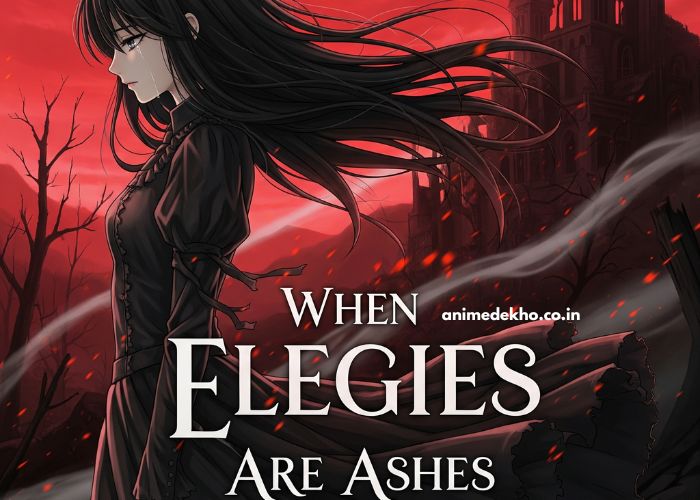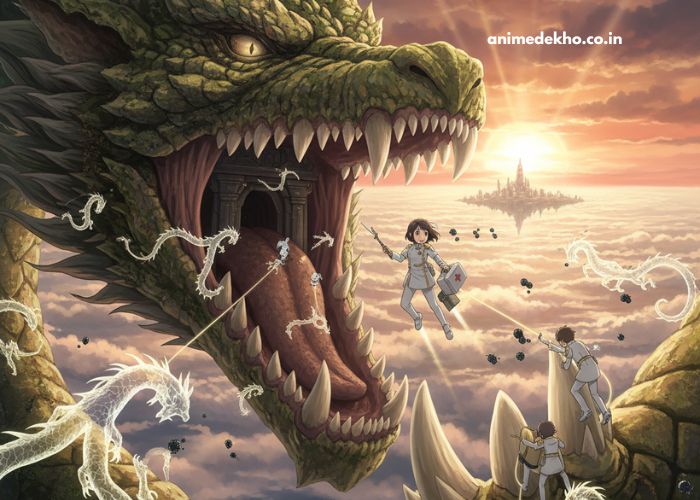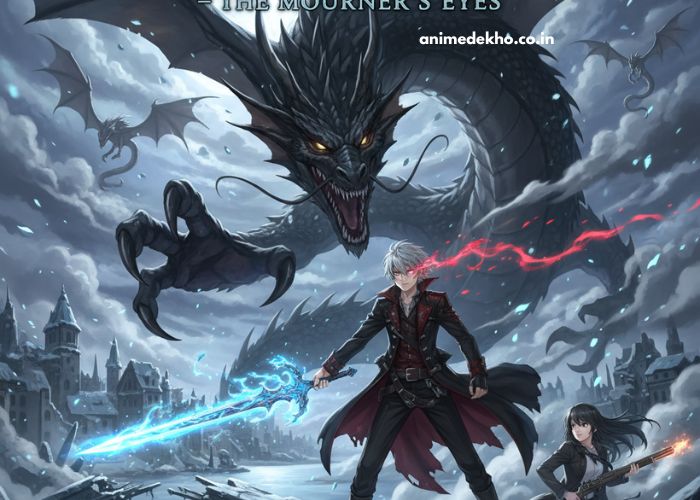| Aspect | Key Point |
|---|---|
| Theme | Grief and acceptance |
| Focus | Protagonist’s emotional struggle |
| Symbolism | Ashes = loss, light = hope |
| Visuals | Muted colors, drifting ashes |
| Impact | Turning point in story |
Anime thrives when it balances visual artistry, compelling narratives, and emotional resonance. Few episodes embody this better than “When Elegies Are Ashes.” This unforgettable chapter blends sorrow, hope, and reflection, leaving viewers with lasting impressions of loss, growth, and the resilience of the human spirit.
A Turning Point in the Story
At its core, “When Elegies Are Ashes” represents a turning point in the anime’s overarching narrative. The episode slows down the usual pace of action to focus on the psychological and emotional burdens carried by the characters. After previous arcs filled with battles and external conflict, this episode dives deep into the internal struggles that shape the protagonists.
The title itself, When Elegies Are Ashes, suggests the theme of mourning and transformation. Elegies, traditionally poems of grief, turn to ashes here symbolizing both the fragility of memory and the inevitability of change. The episode makes the audience confront the painful truth that healing often comes at the cost of letting go.
Themes of Grief and Acceptance
One of the episode’s strongest aspects is its unflinching look at grief. The main character wrestles with guilt over past losses, questioning whether their sacrifices were in vain. Flashbacks intertwine with present dialogue, showing how memories linger, refusing to fade even as time moves forward.
Yet, amidst the sorrow, the narrative offers hope. Rather than glorifying despair, the episode emphasizes acceptance acknowledging that while grief never fully disappears, it can be transformed into motivation. This duality of pain and purpose gives the episode its emotional weight, making it stand out as a reflective meditation rather than just a plot device.
Character Growth and Development
In “When Elegies Are Ashes,” we witness profound growth in the characters. The protagonist’s vulnerability takes center stage, breaking down the tough exterior that had previously shielded them. Side characters also shine, each revealing how loss has shaped their worldview. Some choose to harden themselves, while others embrace compassion as a way to honor those who are gone.
This balance of perspectives enriches the story, showing that grief manifests differently for everyone. Viewers can see pieces of their own experiences mirrored in the struggles of the cast, which deepens emotional connection.
Symbolism and Visual Storytelling
The episode doesn’t rely on dialogue alone; its visual direction carries equal weight. From the muted color palette to the use of ashes drifting in the air, every frame conveys unspoken meaning. Scenes of fire turning objects to dust reflect the fragility of life, while moments of light breaking through clouds suggest renewal.
The careful interplay between visuals and sound design further elevates the storytelling. A subdued musical score, punctuated by moments of silence, underscores the gravity of the characters’ reflections. These artistic choices create an immersive atmosphere that lingers long after the credits roll.
Lasting Impact on the Series
Episodes like “When Elegies Are Ashes” demonstrate the power of anime to explore universal human emotions. While action and spectacle often dominate the genre, it is moments like this quiet, heartbreaking, and honest that leave the deepest impressions.
This episode not only reshapes the trajectory of the story but also deepens the bond between the audience and the characters. It reminds viewers that behind every victory lies sacrifice, and behind every act of courage, there are scars that remain unseen.
Conclusion
“When Elegies Are Ashes” is more than just an anime episode it is a meditation on grief, memory, and the resilience found in moving forward. Through its symbolism, character growth, and poignant storytelling, it leaves viewers with a profound appreciation for both the beauty and the pain of human experience.
For longtime fans and newcomers alike, this episode stands as a testament to anime’s ability to tell stories that resonate far beyond the screen.





